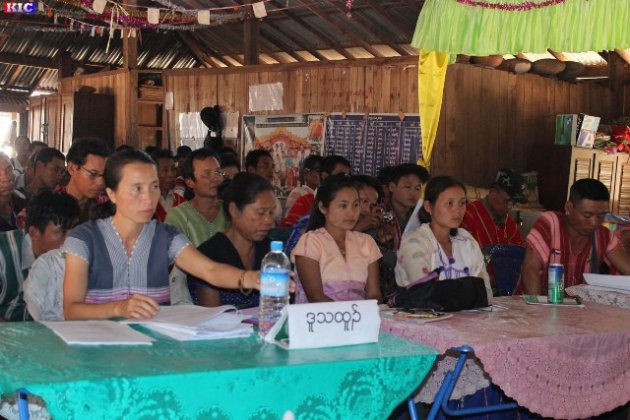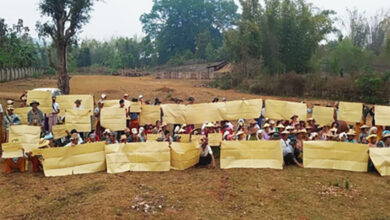The KNU’s Forestry Department Helps Karen Communities Go Green on World Environment Day

In a move to raise awareness about environmental issues, the Karen National Union’s Forestry department launched a project to encourage communities living in areas under its control to grow more tress. The KNU’s Forestry Department’s ‘greening project’ wants each household to grow three trees each.
Mahn Myint Tun, an officer with the KNU’s Forestry Department told Karen News that all seven districts under KNU administration will be involved.
“Every household is to grow three trees – they can grow any kind of tree they want.”
Mahn Myint Tun said that the project will start on the 5th of June to mark the World Environment Day. The corporation effort to grow trees with local villagers will eventually led to more awareness about environmental issues. Mahn Myint Tun said that the forestry department will issue a guideline papers about the upkeep of forests to help achieve this.
The KNU Forestry Department said that at a recent meeting 19 decisions were made including the tree growing projects, forwarding complicated land ownership issues to the central KNU office and translating forest policy into the Burmese language.
Saw Paul Sein Htwa, director of the Karen Environment and Social Action Network (KESAN) offered his support to the KNU’s forestry effort.
“The KNU’s project of growing trees in cooperation with the people is good. Trees are very valuable thing – their fruits, their leaves or their branches are all valuable for Karen people and animals. We encourage this.”
Saw Paul Sein Htwa said growing trees was a way to maintain Karen customs and traditions for local Karen people and also will helped the local environment.
The KNU’s forest department records show that in the past three years they have set up 68 village-owned community forests. During 2015, the department ran training courses that included forest rangers, budding trees from seeds, making household use of bamboo furniture, documenting reserved forests and researching local wildlife.




